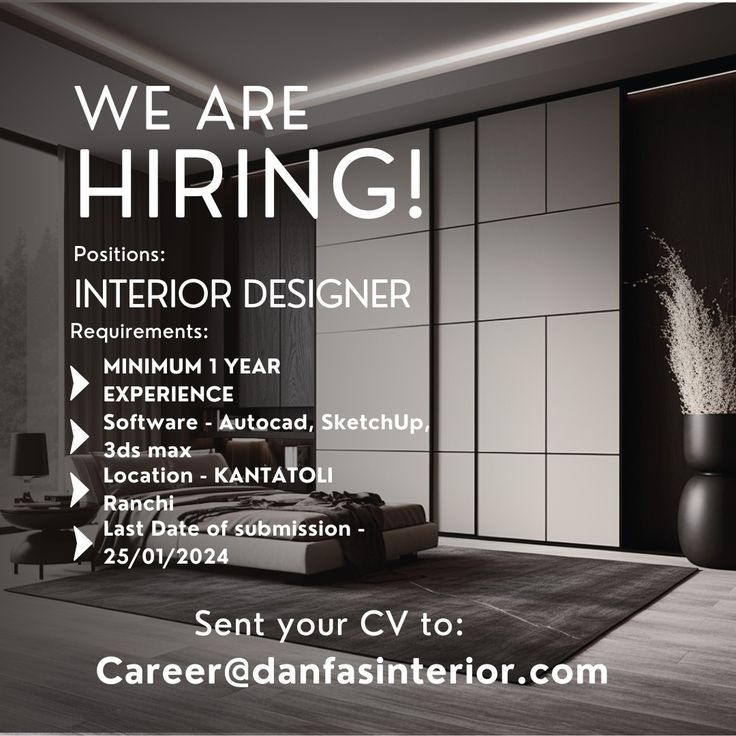

Hiring an interior designer is a significant decision that can greatly impact the aesthetics, functionality, and value of your home or business. Whether you’re renovating an entire house or simply updating a single room, knowing when to enlist professional interior design help is crucial for success. This comprehensive guide explores the critical moments when seeking professional interior design services becomes paramount, guiding you through the intricacies of space planning, design trends, and ultimately maximizing your investment. This article will explore the key factors that indicate you should hire an interior designer, examining the advantages, and discussing different approaches to ensure a productive and rewarding design outcome.
When is it Time to Hire a Professional Interior Designer?
Identifying the Need for Expert Guidance
Interior design is more than just selecting furniture and paint colors; it’s a complex process that involves careful planning, meticulous execution, and a deep understanding of design principles. There are various situations where enlisting an expert interior designer will prove invaluable, offering clear benefits compared to DIY approaches. From a new home to a restaurant redesign, careful planning and the right expertise can make the difference. Knowing when to hire a professional can save you time, money, and stress in the long run. If you are tackling a large-scale project, have limited time, or simply lack design expertise, an interior designer can be the most efficient approach for a successful outcome. A strategic approach to hiring a designer can prevent costly mistakes and save time.
Understanding Your Needs
Deciding whether or not to hire a designer often comes down to several factors, including the scale and complexity of the project, your available resources, and the desired aesthetic outcome. For example, a modest kitchen remodel might not require a professional, whereas an entire home renovation would undoubtedly benefit. Budgetary constraints also play a key role in this decision. A designer can help to optimize your budget and ensure that you get the best possible design within your financial constraints. The benefits of a professional often extend far beyond aesthetics, touching upon functionality and space optimization.
The Benefits of Professional Interior Design Services
Advantages and Value Proposition
There are numerous advantages that professional interior designers can bring to any project, offering comprehensive support in all stages, from initial consultation to final execution. Their expertise enables you to transform your space, exceeding your own imagination. A designer can create a cohesive design plan, considering multiple facets of the design vision, and can guide you through the entire process, from concept to completion. A skilled interior designer acts as a conduit between your vision and the final product, ensuring that the design accurately reflects your needs. A professional interior designer knows the current trends and styles that suit your environment, ensuring a seamless aesthetic alignment. This, coupled with their knowledge of construction techniques and regulations, significantly elevates the chances of a successful renovation.
Project Complexity as a Decision-Making Factor
Evaluating Project Scope
The size and scope of your project are significant factors when deciding whether or not to hire a professional interior designer. A small room refresh, for instance, might not necessitate professional assistance. On the other hand, a large-scale renovation, encompassing multiple rooms and significant structural changes, usually warrants the guidance of a trained professional. Their experience in dealing with complex projects and navigating construction details can significantly reduce potential hurdles and prevent costly mistakes.
Evaluating the Need for Expertise
Factors such as multiple contractors, unforeseen challenges, and aesthetic cohesion increase the complexity of a design project. Professional designers understand these intricate elements and can expertly tackle any obstacles that arise. An experienced interior designer can guide you through the complexities of these projects and ensure a flawless execution.
Cost Considerations and ROI
Balancing Budget and Value
When planning any project, including interior design, cost is always a critical factor. While a professional designer often comes with a fee, the potential return on investment (ROI) often surpasses the initial cost. Designers can optimize your budget while achieving the desired results; for example, they can suggest alternative materials or solutions that are cost-effective without sacrificing quality. By planning and executing your project with precision, designers help avoid costly mistakes and ensure that you get the best value for your investment.
Understanding Value and ROI
Ultimately, the true value of a designer goes far beyond the initial cost. The designer can provide crucial expertise, saving you time and money in the long run by offering insights into trends and construction realities. They are well-versed in identifying cost-effective solutions without compromising on style or quality, which directly impacts the overall return on your investment.
Time Constraints and Design Expertise
Prioritizing Time Efficiency
Time is a precious commodity, especially in today’s fast-paced world. When a project requires tight deadlines or you have limited time to devote to the design process, engaging an interior designer becomes a practical solution. They can streamline the design process, reducing the time needed to accomplish each step. A designer’s experience in managing multiple tasks, coordinating contractors, and handling unforeseen circumstances helps alleviate the burden on the client.
Recognizing Your Limitations
If you lack expertise in design principles or lack the necessary experience in project management, consider hiring a professional. They possess an extensive understanding of current trends and principles, which saves you time on research. Interior designers can leverage their skills to ensure the project stays on track and within budget, ultimately saving you considerable time and effort.
Case Studies and Examples
Success Stories
Numerous case studies demonstrate the significant impact a professional interior designer can have. For instance, a homeowner struggling with a poorly planned open-concept space successfully reconfigured their living area with the help of a designer, creating a more functional and aesthetically pleasing environment. Similarly, a restaurant owner sought a designer to create a modern and inviting atmosphere, successfully boosting customer engagement and increasing revenue through the use of the right design choices.
Real-World Applications
These examples highlight the positive impact of seeking professional help, not just in terms of aesthetics, but also in terms of functionality and business outcomes. The examples showcase the value proposition of working with a qualified designer. By employing strategic design principles and leveraging professional tools and resources, clients benefit from a cohesive and well-executed project.
In conclusion, hiring an interior designer is a strategic investment that yields significant returns. It’s not just about aesthetics; it’s about optimizing space, maximizing functionality, and elevating your property’s value. By evaluating your needs, considering your budget, and researching qualified designers, you can confidently embark on a design journey that transforms your space. If you’re still uncertain, consider seeking a consultation with a few designers to discuss your project and needs. Don’t hesitate to prioritize the hiring of a qualified interior designer to enhance your space and lifestyle.